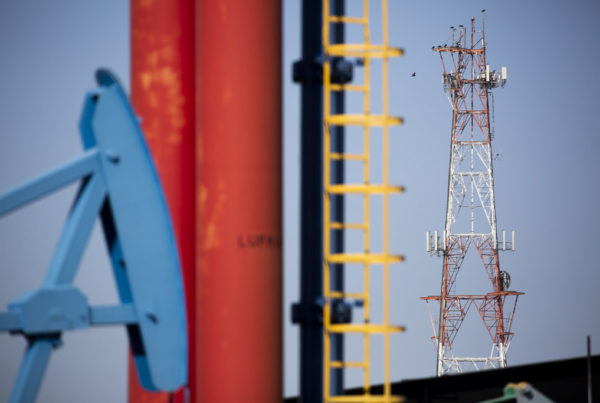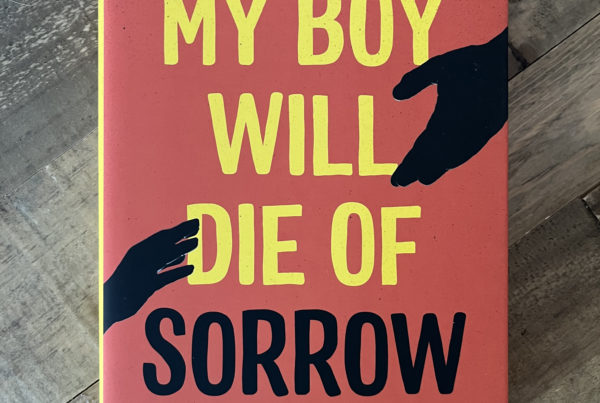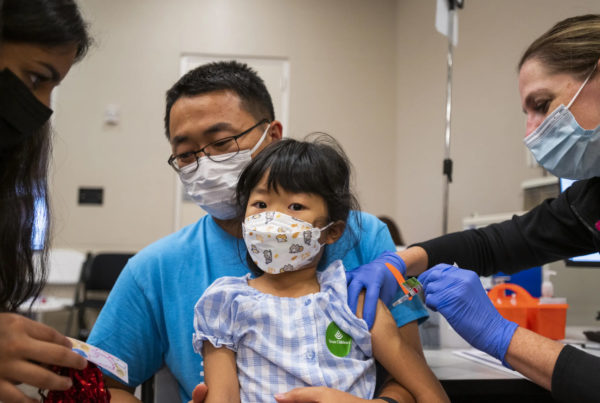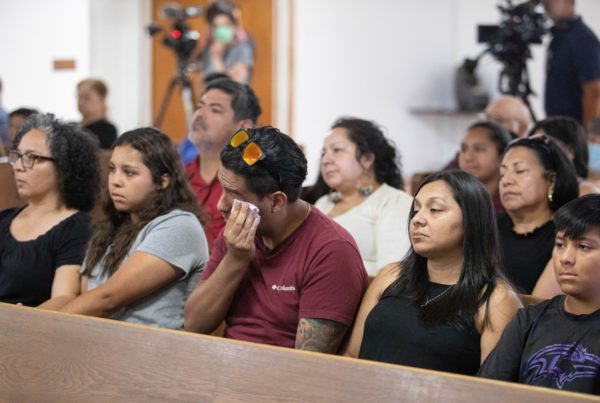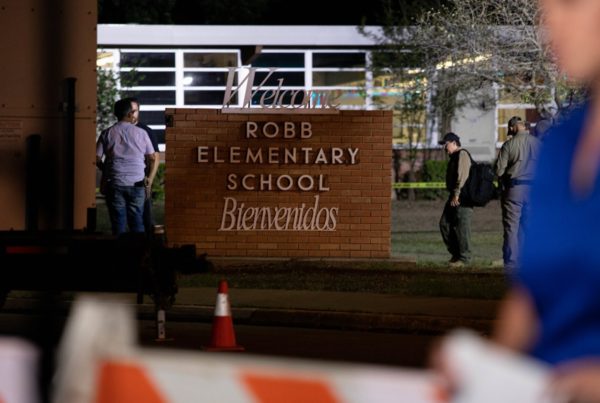From KUT:
Austin’s light-rail system is still years away from becoming a reality. The first trainswon’t start running until 2029 at the earliest.
But already some people are worried about how much it could cost to ride light rail. They don’t want Capital Metro to up-charge customers like the agency does for those who ride the MetroRail commuter train.
“I believe it will also get more commuters to use the rail system,” said Katherine Kay, a frequent bus rider who often buys a 24-hour bus pass for $2.50. “Keep the rail system, the new one, current with the prices of the bus.”
The environmental justice group PODER has been arguing light-rail fares should be the same as the bus not only to keep up ridership, but also to ensure those who rely on transit the most can still afford it.
“We’re very concerned because this would be the first time the rail system will be serving the Eastern Crescent, which is mostly low-income and people of color,” said PODER Director Susana Almanza.
She was referring specifically to the Blue Line, which will travel from the airport through Southeast Austin, along Riverside Drive and into downtown.
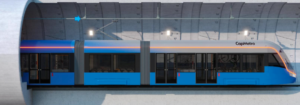
Austin’s light-rail plans include more than four miles of subway tunnel through downtown and South Austin.
(Photo courtesy Austin Transit Partnership)
The other route, the Orange Line, will run initially from Stassney Lane to the North Lamar Transit Center.
“When that rail comes in, we want to make sure everybody benefits,” Almanza said. “If it’s $2.50 for the bus, it should be $2.50 for the rail. That’s equity.”
Right now, CapMetro doesn’t do that. A one-day pass that includes bus, commuter bus and MetroRail costs $7. A single ride on the train is $3.50. For local bus service, a day pass is $2.50 and a single ride costs $1.25.
Users of the services differ in income and demographics, according to CapMetro ridership surveys. Among all CapMetro riders, only 25% said they earn more than $30,000 a year. Almost half of MetroRail users earn more than $60,000.
When it comes to race and ethnicity, 70% of MetroRail users are white. But white people make up about a third of MetroBus riders.
“Do we want to be an exclusive service only for high-income and majority white? That’s who rides the rail now,” Almanza said. “Or do we want to serve all of Austin and make sure that we include low-income and people of color.”
Many American transit agencies with light-rail service charge the same to ride the bus. But some still have higher fares for local rail service.
Philadelphia’s transit system charges $2.50 to ride the bus or trolley. In Portland, a $2.50 fare will get you on a bus, light rail or even commuter rail, which tends to be higher priced in most transit systems, including Austin’s. New York City charges $2.75 to ride subways and the bus.
Boston, on the other hand, charges $1.70 to ride a local bus and $2.40 to take the subway. But single day, weekly and monthly passes include both the subway and the bus for one price.
“If [CapMetro officials] find the operating costs on light rail are higher, they might feel like they have to increase fares on those modes,” said UT Austin Associate Professor Alex Karner, who studies public transportation systems. “I think that would be ill-advised.”
A top Capital Metro official disclosed in a memo to the transit agency’s board of directors that planners are assuming Austin’s light-rail fares will cost the same as local bus service. But any decision would be made by the board.
“We see this as an equity approach and a similar strategy that peer transit systems are moving towards because of the similarities in the services provided,” CapMetro Executive Vice President of Finance Catherine Walker wrote in the memo. “However, fare pricing and structure are policy decisions for the CapMetro board to make.”
The agency has moved toward reducing fares for those who would struggle most to afford them.
In two weeks, the CapMetro board will vote on creating a new reduced fare tier. Equifare, as it’s called, would be for those earning less than 200% of the federal poverty level, which amounts to $53,000 for a family of four. An Equifare day pass on the bus, for example, would cost $2 instead of $2.50.
CapMetro’s board will also vote July 25 on whether to cap how much people pay to ride the bus or train. Under the fare-capping proposal, someone could board the bus for free after paying the equivalent of a day pass in a single day or a month pass in a single month. But riders could only take advantage of fare-capping by using a new payment card called Amp.
Equifare and fare-capping come with costs, but they’re not astronomical. Capital Metro fares make up less than 3% of the agency’s revenue. Almost half of CapMetro’s money comes from a local 1% sales tax.




